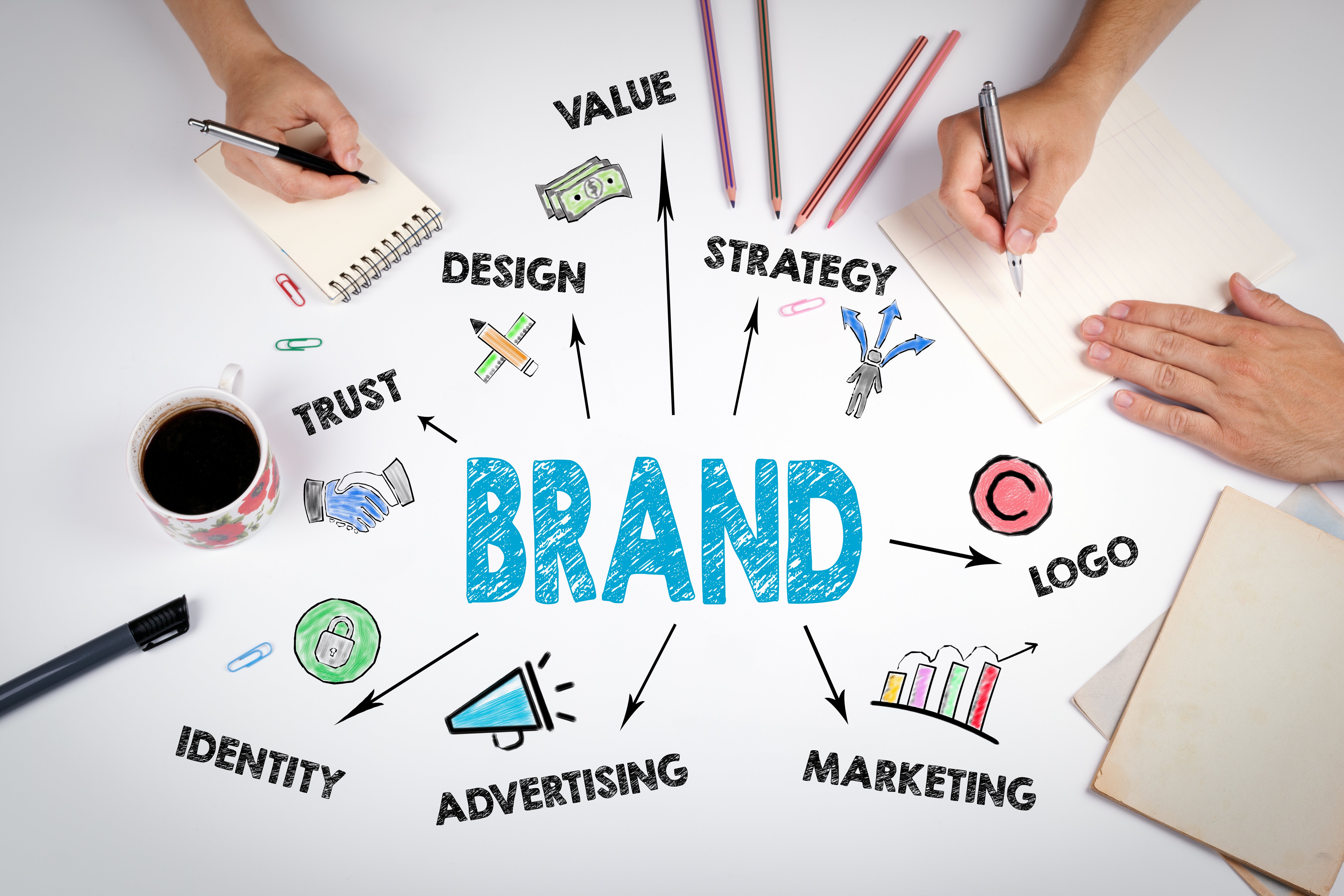Your brand is the banner you hope your leadership will embody and your employees will be proud to stand behind.Your brand is how your customers recognize and remember you. Your brand is a statement of who you are as a company, what you do, and why you do it.Your brand is your company’s identity.
If building a brand is a brutal process, then maintaining it can be a nightmare.
A brand has a heartbeat. It has to be constantly nurtured, groomed and watched over to make sure it doesn’t get watered down or lose its way.
Now drop that carefully crafted brand into the tech industry, representing a company that has several tiers of channel partners and end users in regions all over the world. What started as the brainchild of a few people with a vision has developed into a global brand and is now touched every day by hundreds or thousands of people trusted to convey that brand’s message to the masses.
How does a CEO of a company entrust his brand to scores of people he’s never met? How does the founder of an enterprise ensure that thousands of people now selling her product deliver the same message that was born out of her original vision?
It’s not an easy feat.
Apple has become a master of maintaining brand identity. Whether it’s CEO Tim Cook introducing the latest iPhone, a channel partner salesperson explaining Apple’s enterprise-ready apps, or a teenager in a blue t-shirt fixing an iPad from behind a Genius Bar, they all stick to the Apple script – they all maintain the brand.
Achieving that kind of unification happens when a company discovers how to have successful communication in the workplace. It takes a system that reaches each person on the brand’s team with timely updates and engaging employee education and training materials. But it also takes insight into how channel partners and sales teams are relaying that information and utilizing their training in front of the customer. With access to real-life analytics and a path to effective communication in the workplace, C-level executives would be able to make more informed decisions faster than ever before.
Most companies don’t have that kind of insight or flexibility. Instead, enterprises waste precious resources trying to solve the problem of maintaining brand integrity. They exhaust themselves and their budgets attempting to string together multiple cloud solutions, applications and training strategies just to be able to communicate with their team. Or they send out emails chock full of important PDF attachments that get filed away in junk folders. Then it’s a guessing game to figure out who is actually using the material and maintaining the brand and who’s ignoring it or never receiving it in the first place.
“Enterprises waste precious resources trying to solve the problem of maintaining brand integrity”
When partners and employees have to piece together information from multiple sources or learn how to navigate a maze of unfamiliar tools, they get frustrated. This kind of organization isn’t organized at all, it’s a fragmented mess that leads to inefficiency.
As companies grow their global reach can look impressive on paper but in reality their sales teams are likely preaching different messages depending on who got what information when. In the end, the customers are left confused and turned off the brand entirely.
Enterprises need to communicate their brand and message from the top executives all the way through each channel partner and down into the sales teams that interact with customers on a day to day basis. They need a simple, streamlined way for companies to get information out and see how that information is being utilized by every last representative. So, when organizations spread their wings, add new partners, or land in new regions, they don’t have to lose control. They don’t have to be punished for growth.
Get a demo of Bigtincan today to learn about our fully customizable UI and content controls that make it easy to retain brand consistency in front of customers.


